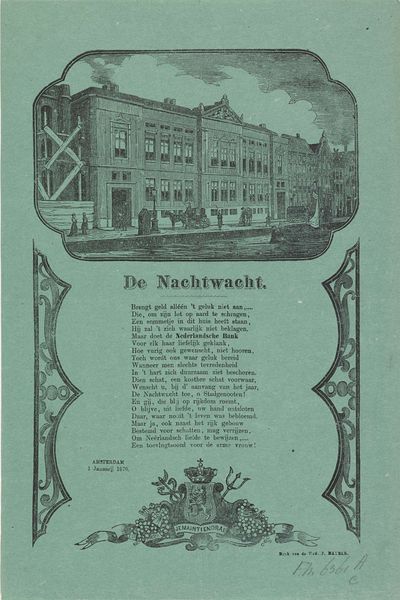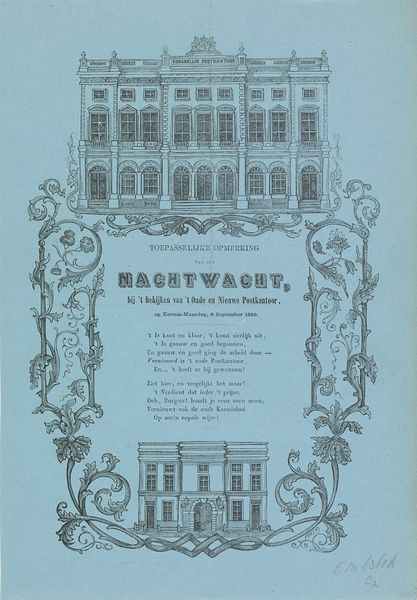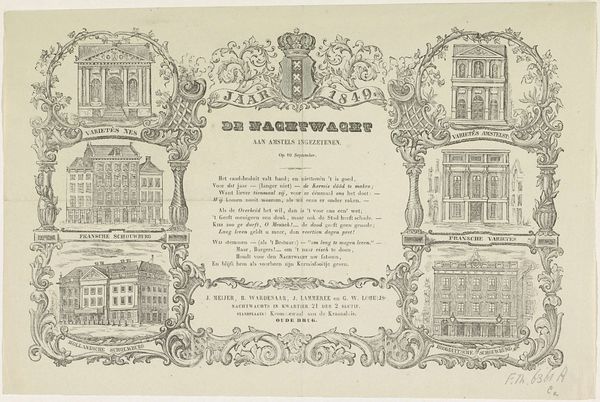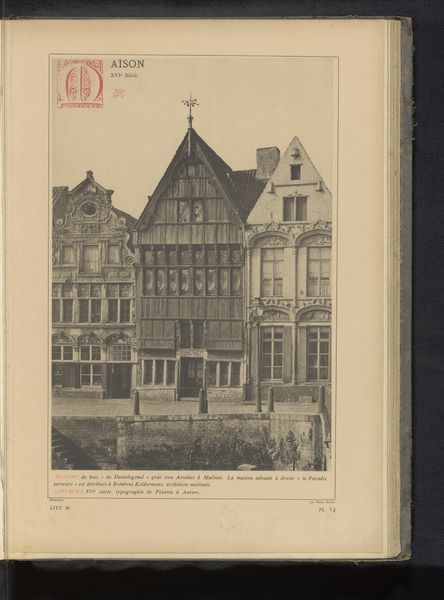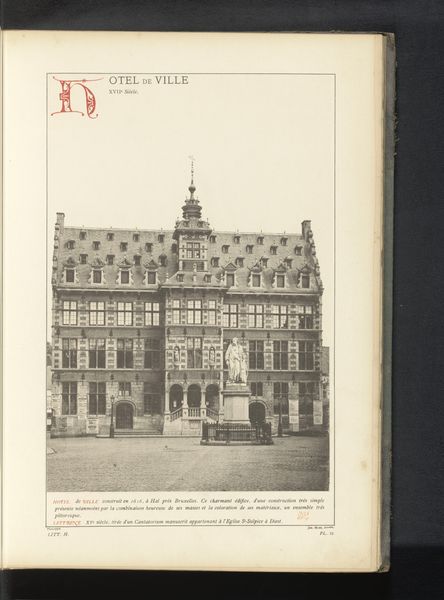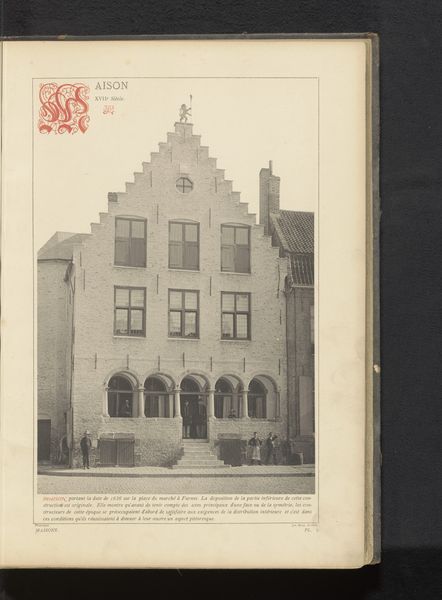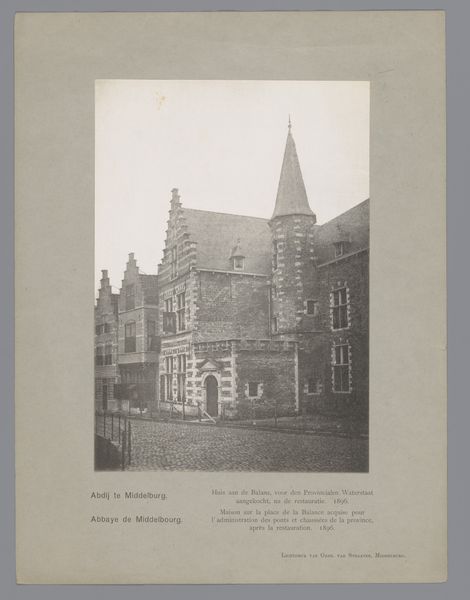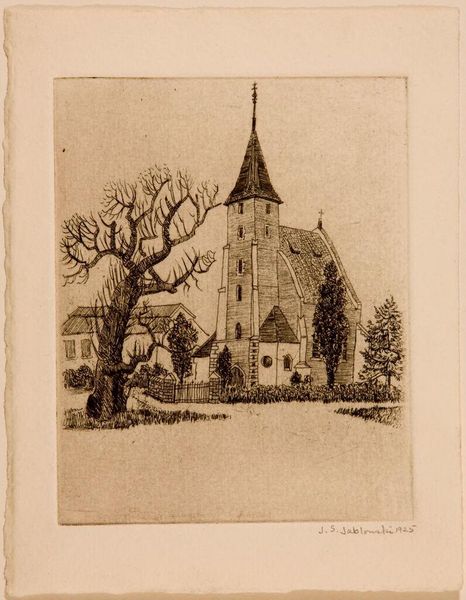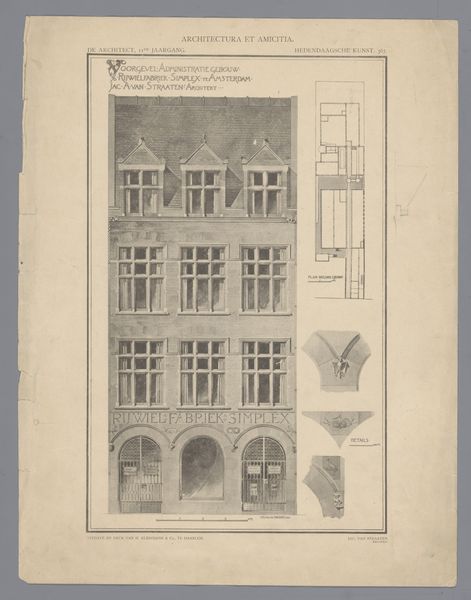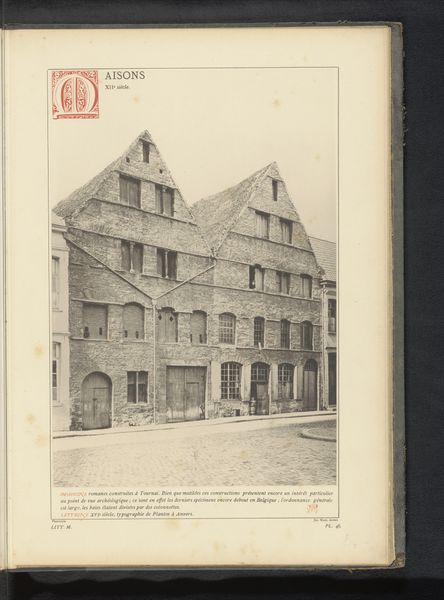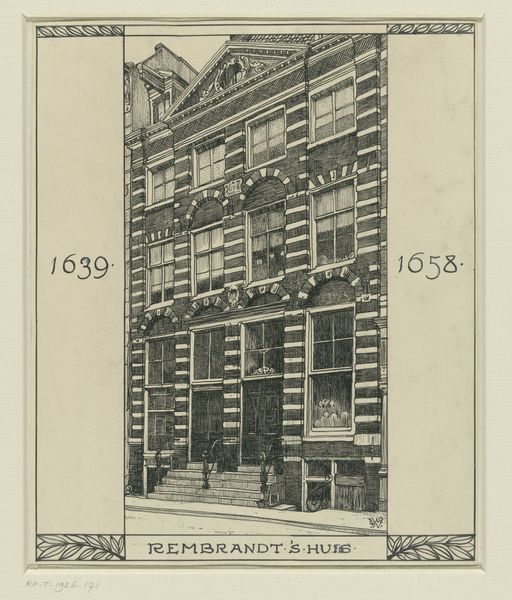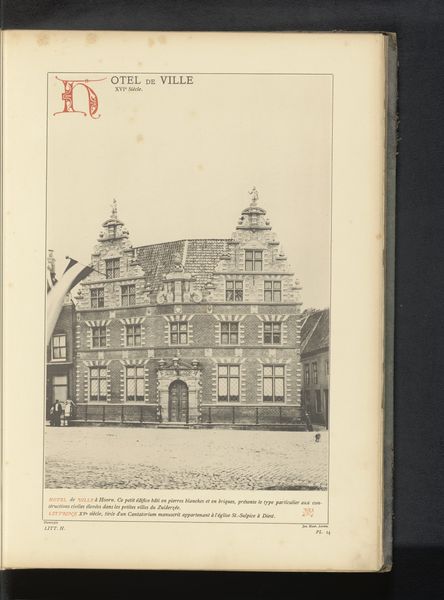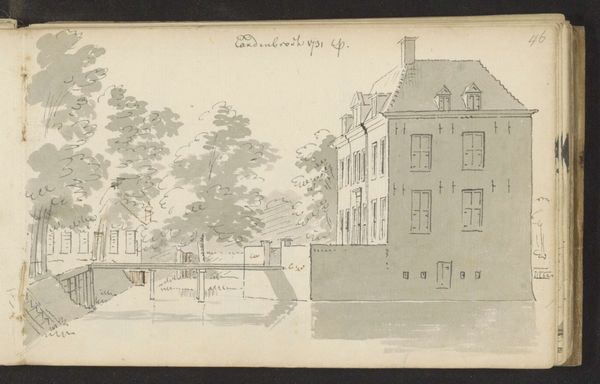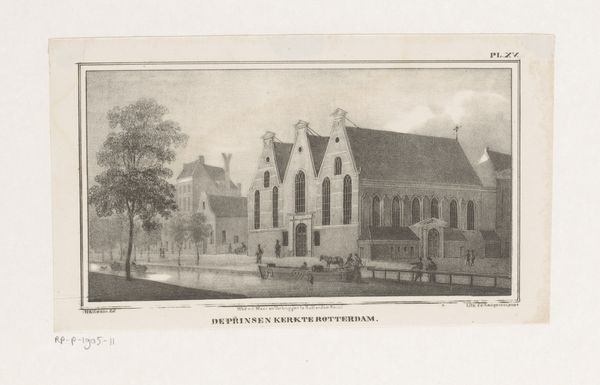
drawing, print, graphite, engraving
#
portrait
#
drawing
#
comic strip sketch
#
quirky sketch
#
narrative-art
# print
#
sketch book
#
landscape
#
personal sketchbook
#
idea generation sketch
#
sketchwork
#
graphite
#
sketchbook drawing
#
cityscape
#
storyboard and sketchbook work
#
sketchbook art
#
engraving
#
initial sketch
Dimensions: height 289 mm, width 207 mm
Copyright: Rijks Museum: Open Domain
This New Year's greeting from the Amsterdam night watch for 1876 is an intriguing object, made with a printmaking technique – likely etching or engraving – which allowed for the relatively quick reproduction of images and text. The material itself, paper, lends a fragile quality to the image, yet the graphic lines and carefully composed layout convey a sense of civic pride and order. We see architectural renderings, presumably of important buildings in Amsterdam, alongside allegorical figures that speak to the city’s artistic heritage, specifically Rembrandt and Van der Helst. The poem in the center offers good wishes for the coming year. Consider the social context: printmaking like this flourished during the Industrial Revolution, reflecting the era’s emphasis on efficiency, literacy, and public communication. The crisp, clean lines speak to the values of a society undergoing rapid change. While not a unique artwork in the traditional sense, this printed greeting highlights how making and materials connect to wider social issues, blurring the lines between fine art, craft, and everyday life.
Comments
No comments
Be the first to comment and join the conversation on the ultimate creative platform.
